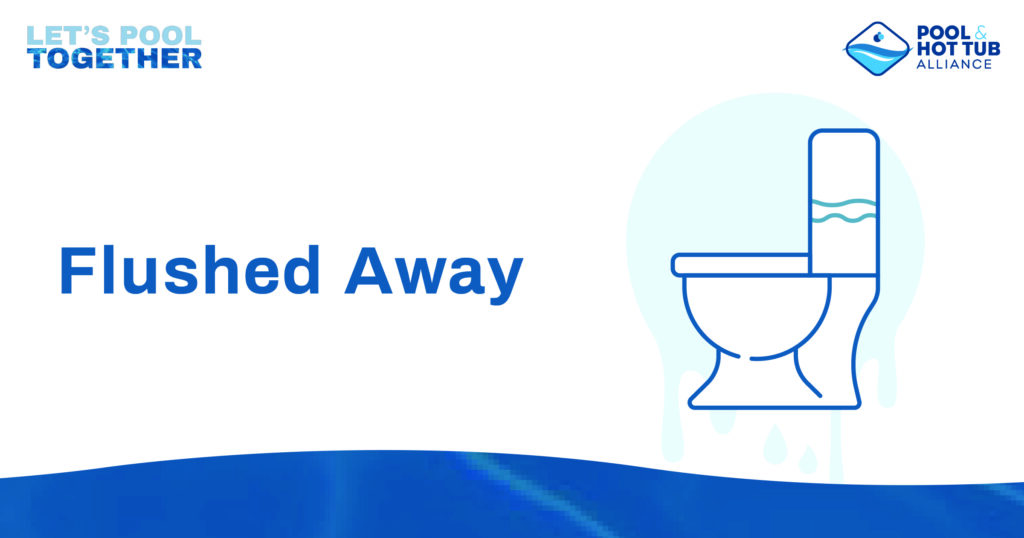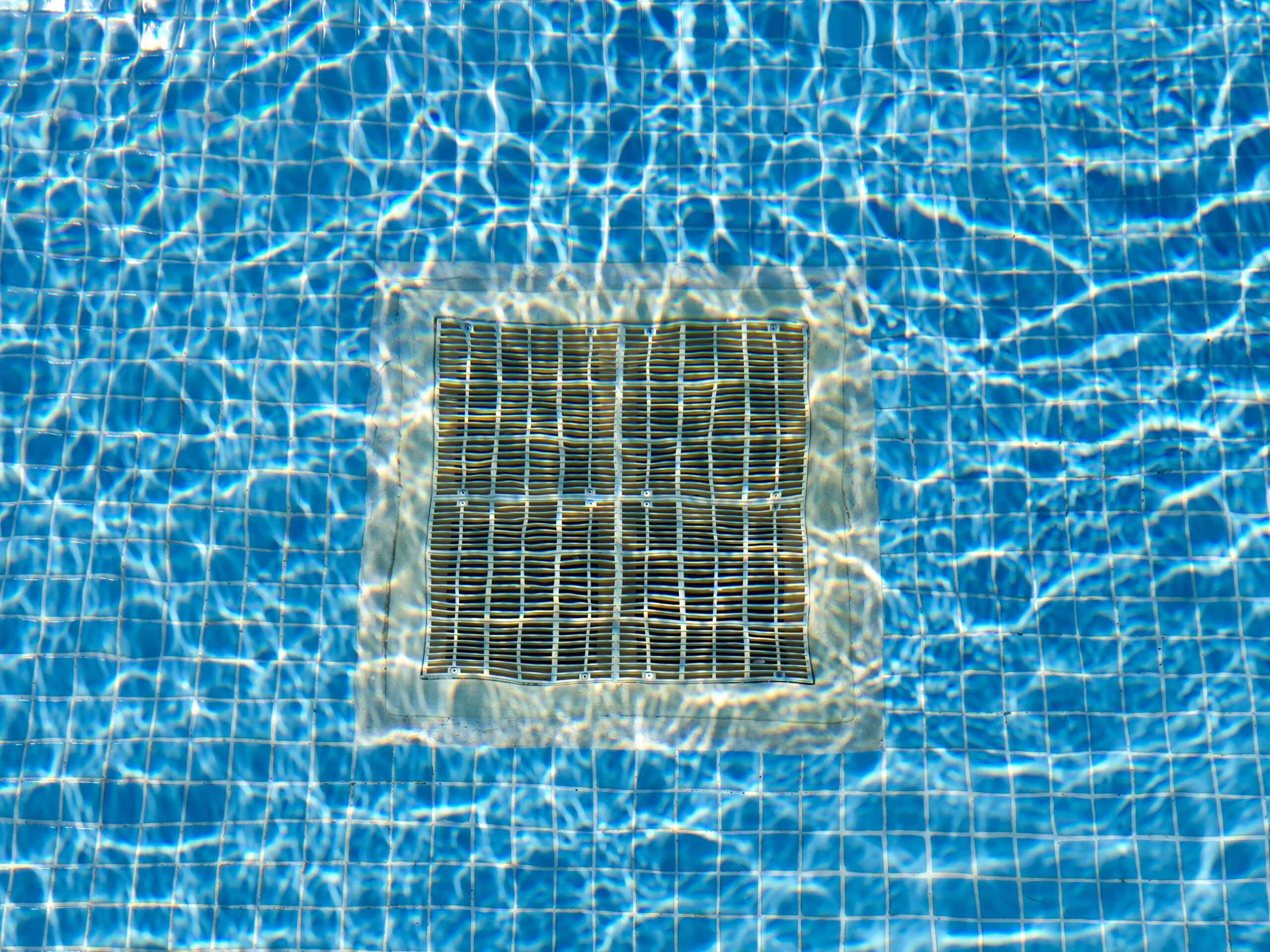Water is an essential part of our daily lives. We use water to brush our teeth, wash our faces, fix ourselves a cup of coffee, replenish our plants and do so much more. According to the Environmental Protection Agency, the average American household uses roughly 300 gallons of water per day. An estimated 70% of this water use occurs indoors.
However, in recent months, strict water restrictions have been placed on outdoor water use to combat the ongoing drought. It may surprise you that pools and hot tubs make up only a small drop of a household’s total water consumption. On average, pools use up to 14 gallons of water per day while hot tubs use only 3 gallons per day.
Check out how your pool or hot tub’s water use stacks up against some of your daily household appliances.
Indoor Water Use
Water consumption most frequently occurs inside the home. It’s nearly impossible to avoid using an appliance that requires water use in some capacity. However its important to understand how much water you are using in order to identify what areas to cut back on.

- Toilets. Of any household appliance, the biggest culprit for water waste is the toilet, which uses approximately to 32.2 gallons per day
- Faucets. Between rinsing dishes, washing hands and brushing teeth, household faucets use approximately 27.3 gallons of water per day
- Showers. The standard shower head use approximately 2.5 gallons per minute. That means one ten-minute shower uses approximately 25 gallons of water
- Laundry. Washing machines use about 20 gallons of water per load. With the average household running 5-6 loads of laundry each week, this totals out to 480 gallons a month
- Leaks. The average household loses 10 gallons of water per day due to leaks. If left unchecked, leaks can result in a loss of 3,650 gallons over the course of a year
Outdoor Water Use
A well-maintained pool or spa uses significantly less water per day than an irrigated lawn. In a given year, an irrigated lawn will use approximately 49 inches of water while a pool only uses 39,6 inches – if you have walkways and decking surrounding your pool, the average drops down to 20 gallons of water per year. Even building and filling a new pool requires less water than a lawn. On average, the first year of a pool’s water use, even including the filling, will use 32,000 gallons while a 1,200 square-foot lawn uses approximately 44,000 gallons in the same period.
Tips for Conserving Water
At first glance, these figures can feel overwhelming and it may be difficult to identify where to begin. Take a deep breath and know that even the smallest steps towards water conservation can make a huge difference in combatting the drought. The Pool & Hot Tub Alliance is here to help pool owners conserve water inside and outside the house to help reduce their water footprint:

Indoor Water Use Tips:
- Check for Leaks. The best way to check for leaks is to measure your meter over a two-hour period when no water is being used within your house. If there is any movement during this period, there is a leak.
- Go Low Flow. By switching to a low-flow shower head, you can save 15 gallons of water during a 10-minute shower.
- Fix Your Flush. Retrofitting or filling the tank with a substance that will displace your water can help reduce your water waste.
- Change Your Settings. While most front-loading washing machines are energy and water efficient, a simple fix to reduce water usage is adjusting the settings on your machine to the proper load size.
Outdoor Water Use Tips:
- Beat the Heat. Save up to 25 gallons each time by watering early in the morning or later in the evening when temperatures are cooler
- Update Your Plants. Invest in drought-resistant plants and trees that will need less attention during dry periods
- Change Your System. Switching to a drip irrigation system for trees, shrubs and flowers and you can save up to 15 gallons of water each time you tend to your garden
- Aerate Your Lawn. By watering your lawn more deeply instead of frequently, you can build a stronger, healthier landscape

